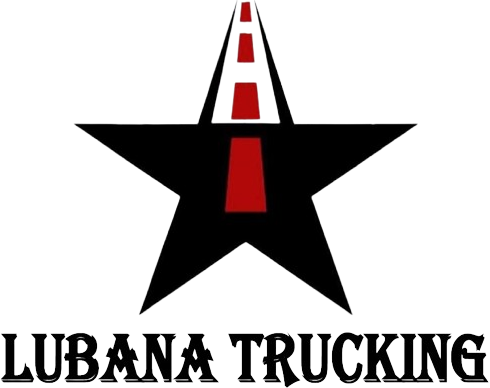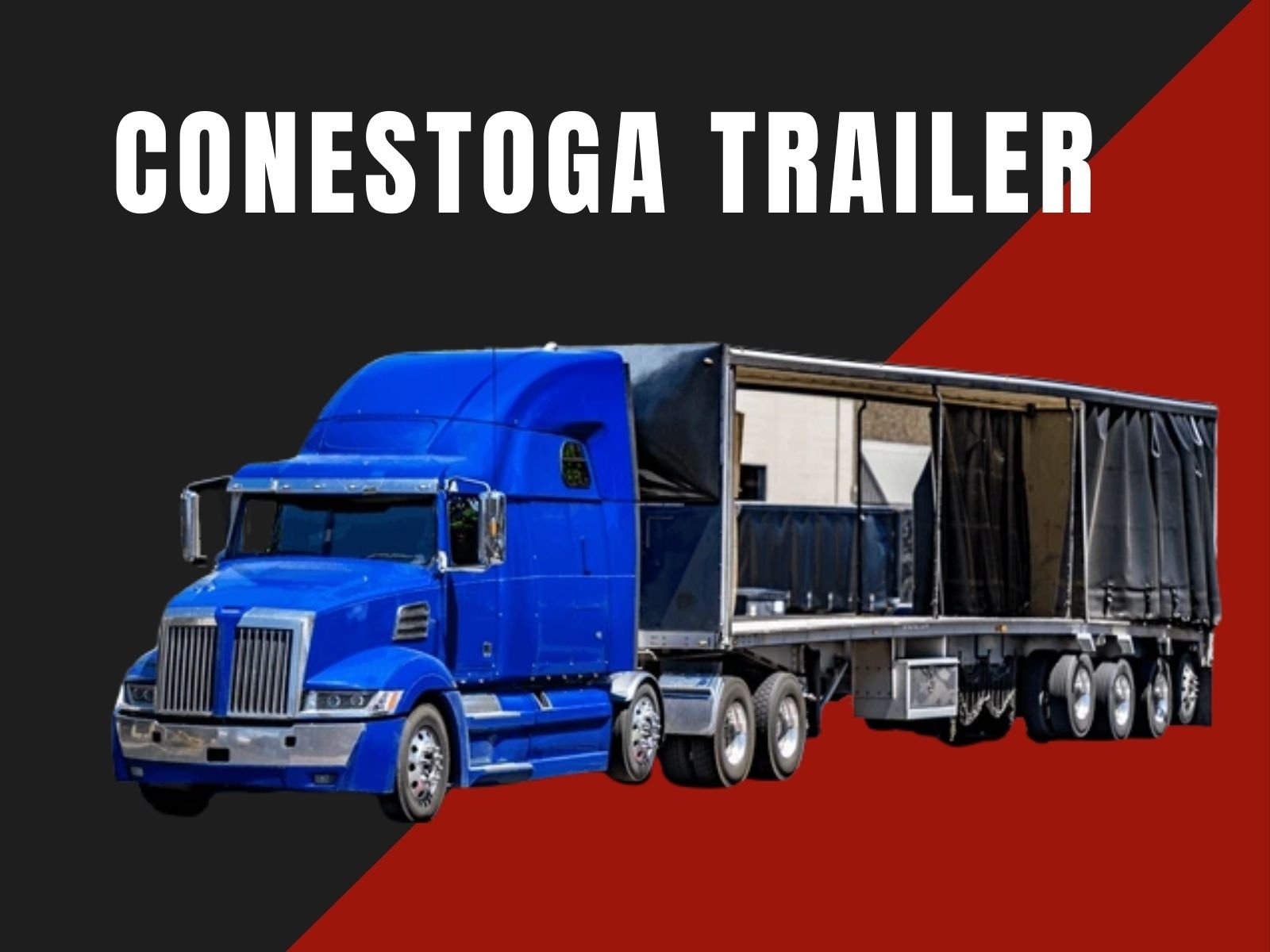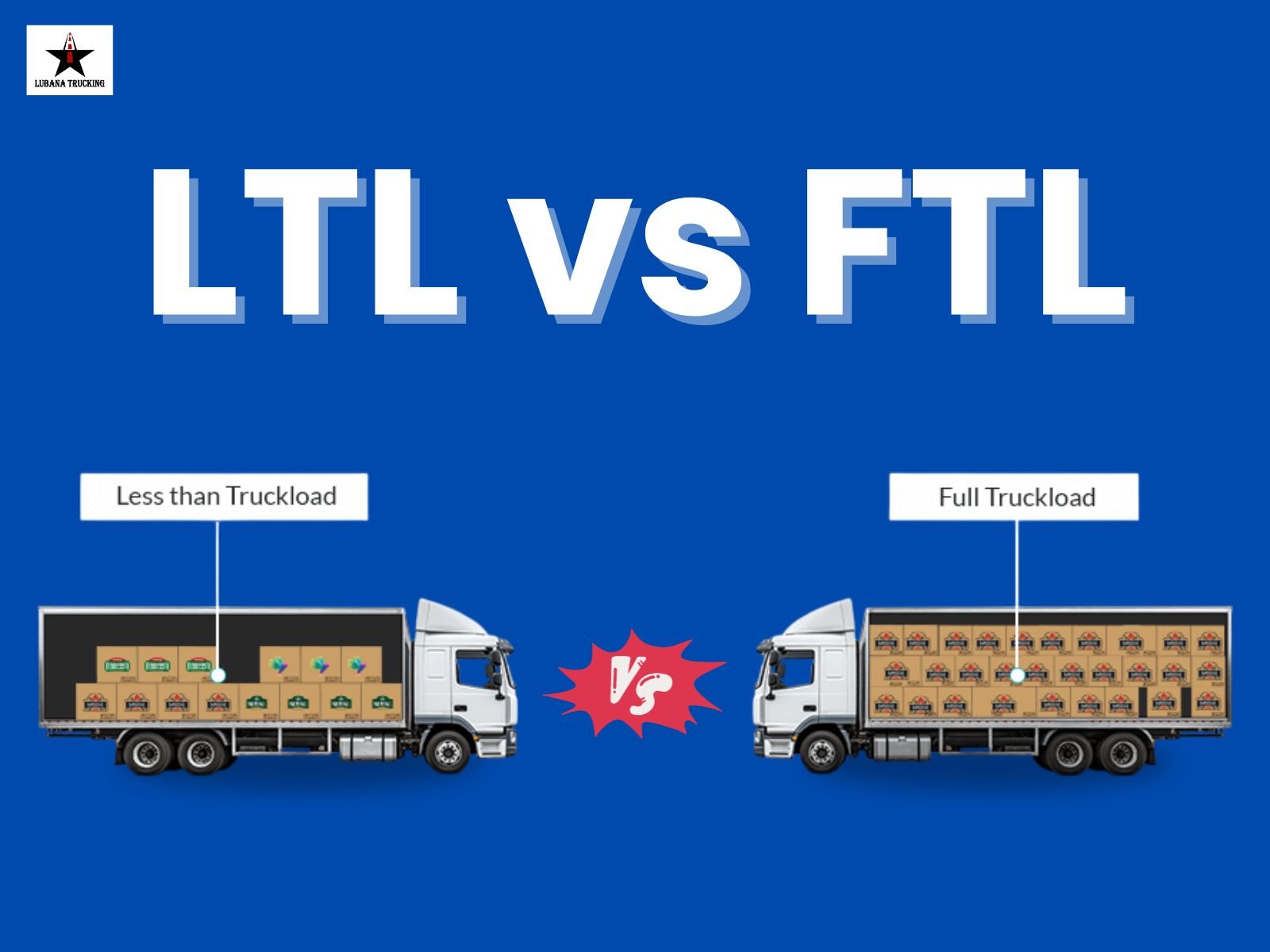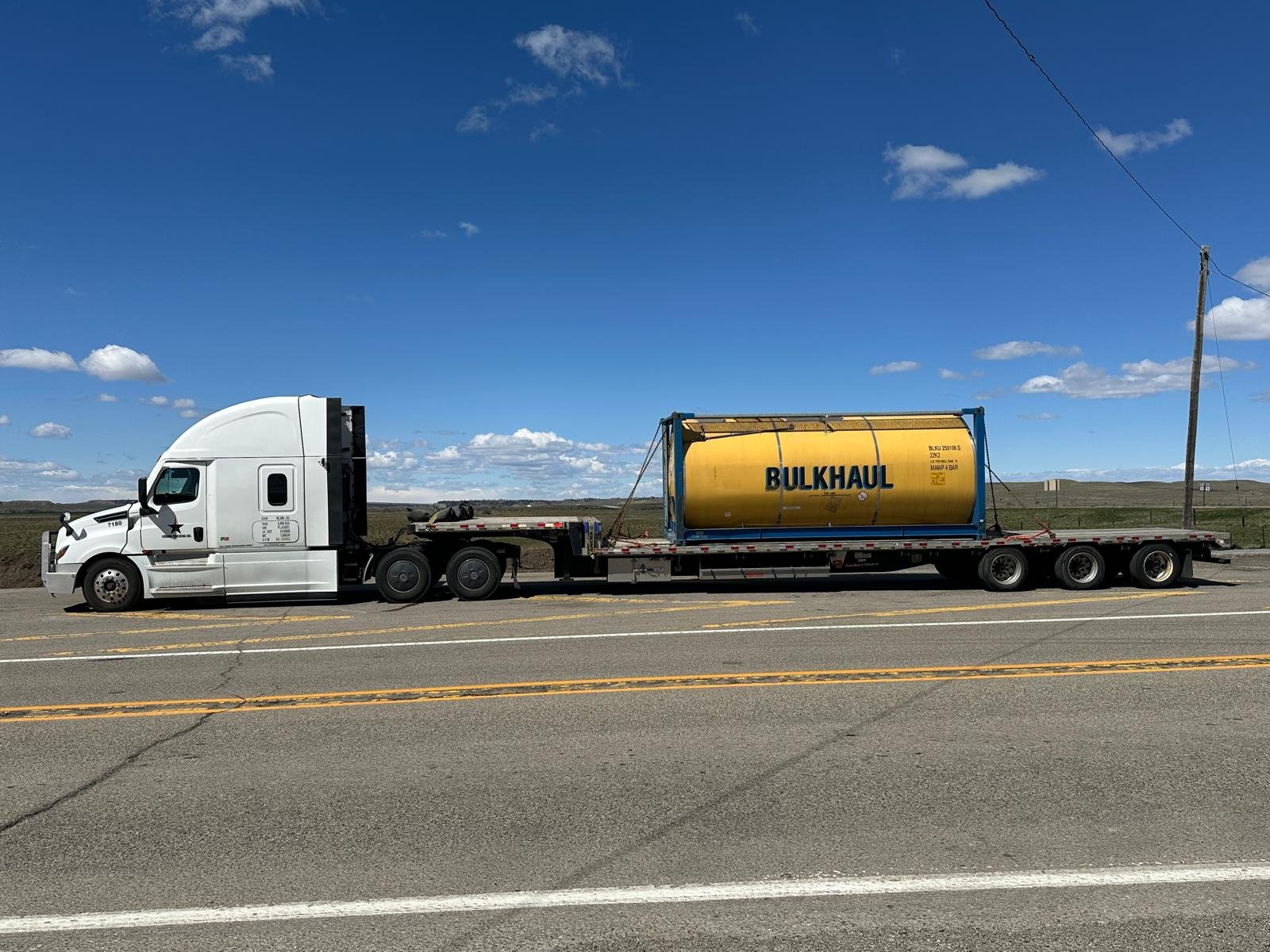In the world of freight transportation, choosing the right trailer can make a big difference in cost, safety, and efficiency. Shippers are always looking for ways to protect their goods, load and unload quickly, and save money on logistics. One trailer type that checks all these boxes is the Conestoga trailer.
Conestoga trailers combine the convenience of a flatbed with the added protection of a rolling tarp system. They offer versatility, security, and ease of use, making them a popular choice for many industries. If you’ve ever wondered what a Conestoga trailer is and whether it’s right for your freight, this guide will give you everything you need to know.
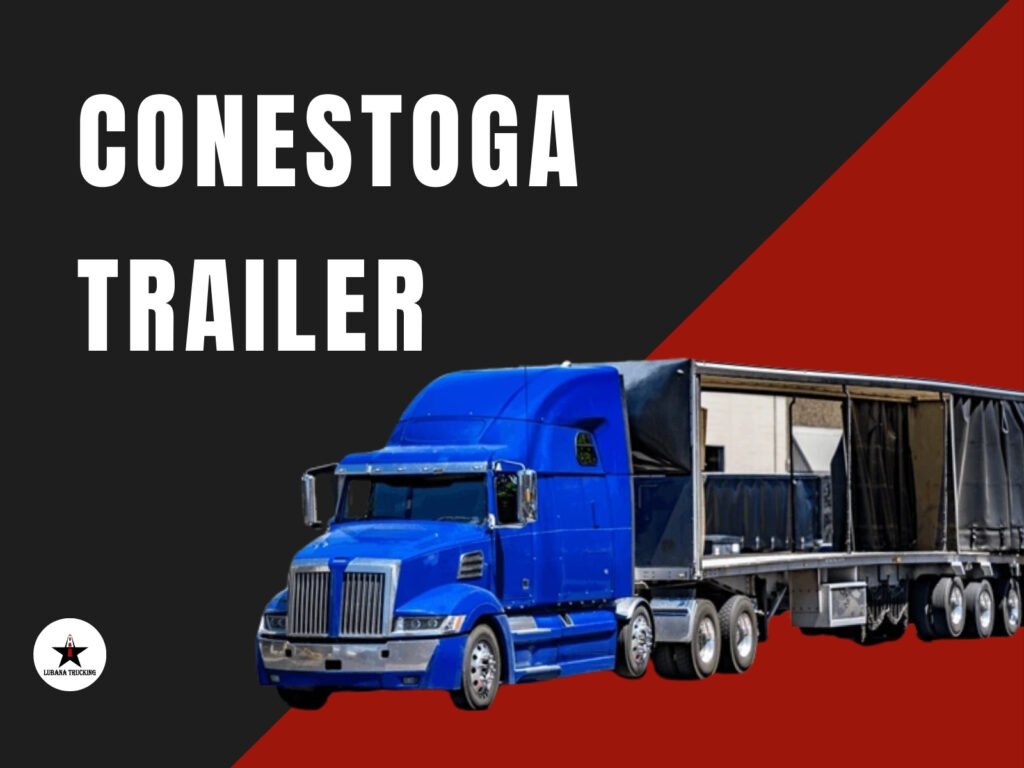
What is a Conestoga Trailer?
A Conestoga trailer is a specialized flatbed trailer equipped with a retractable tarp system. This tarp, mounted on a sliding frame, can be rolled back to allow easy side or top loading. Once the freight is loaded, the tarp is pulled back into place, fully protecting the cargo from weather, dust, and road debris.
The name “Conestoga” comes from the famous Conestoga wagons used in the 19th century to move goods across America. Just like those wagons, modern Conestoga trailers are built for durability, versatility, and protection.
Key Features of a Conestoga Trailer
What sets a Conestoga apart from a standard flatbed trailer are its unique features:
- Retractable tarp system – No need for manual tarping, which saves time and reduces labor risks.
- Side and top loading – Forklifts or cranes can easily load large or bulky items from any direction.
- Weather and debris protection – Cargo stays safe from rain, snow, wind, and road grime.
- Added security – The tarp system conceals freight, preventing theft or unwanted attention.
These features make Conestoga trailers an excellent option for businesses shipping valuable, oversized, or delicate freight.
Types of Conestoga Trailers
While all Conestogas share the same tarp-on-frame design, they come in different types depending on freight requirements.
1. Flatbed Conestoga
The flatbed Conestoga is the most common type. It works just like a traditional flatbed but with the added benefit of the rolling tarp system. These trailers are available in 48-foot and 53-foot versions.
- Length: 48–53 feet
- Width: 8 feet 4 inches
- Height: 8 feet
- Weight capacity: Up to 44,000 lbs
Flatbed Conestogas are ideal for machinery, building materials, and large equipment that need weather protection but are easy to load from the side.
2. Step-Deck Conestoga
A step-deck Conestoga (also called a drop-deck Conestoga) has two deck levels, allowing it to carry taller cargo than a flatbed Conestoga. This makes it perfect for oversized items like robotics, CNC machines, and even helicopters.
- Upper deck height: 8 feet
- Lower deck height: Around 9 feet 8 inches
- Weight capacity: About 41,000 lbs
Step-deck Conestogas provide both the height flexibility and protection that many industries require.
3. Double Drop Conestoga
The double drop Conestoga is less common but extremely useful for hauling extra-tall freight. It features a lower center “well” that allows taller items to sit lower to the ground while still being covered.
- Front deck height: 8 feet
- Well space height: Up to 11 feet 7 inches
- Weight capacity: About 35,000 lbs
Although they carry less weight compared to flatbed or step-deck versions, double drops are essential when moving very tall machinery or equipment.
You Can Also Read: 53 Ft Dry Vans Trucking Services for Reliable Freight
Benefits of Using a Conestoga Trailer
Switching to a Conestoga trailer can offer significant advantages for shippers:
- Protection from the elements – Your freight is safe from rain, snow, and harsh weather.
- Time savings – No manual tarping means faster loading and unloading.
- Flexibility – Side and top access allow more efficient use of forklifts and cranes.
- Reduced damage risks – Eliminates tarp-related damage and lowers the risk of accidents during tarping.
- Increased security – Cargo is hidden from public view, reducing theft risk.
For companies that want a balance of convenience and protection, Conestoga trailers often prove more cost-effective in the long run.
When Should You Use a Conestoga Trailer?
A Conestoga trailer may be the right choice if your shipment:
- Weighs 44,000 pounds or less
- Is under 53 feet long
- Is less than 8 feet 4 inches wide
- Requires side or top loading
- Needs protection from weather and road debris
- Carries high-value or delicate freight
However, if your load is heavier, longer, or wider than these limits, or if budget is your top concern, a standard flatbed might be more suitable.
Conestoga vs. Dry Van vs. Flatbed
| Feature/Factor | Conestoga Trailer | Dry Van Trailer | Flatbed Trailer |
|---|---|---|---|
| Protection | Full protection with retractable tarp | Fully enclosed box protection | Requires manual tarping (limited protection) |
| Loading Options | Side, top, and rear loading | Rear loading only (via dock) | Side, top, and rear loading |
| Cargo Security | Conceals cargo, reduces theft risk | High security (fully enclosed) | Cargo exposed during transport |
| Ease of Use | Quick load/unload, no manual tarping | Easy dock loading, limited flexibility | Manual tarping required, labor-intensive |
| Typical Cargo | Machinery, oversized equipment, sensitive freight | Palletized goods, packaged items | Building materials, oversized loads |
| Weight Capacity | Up to ~44,000 lbs | Up to ~45,000 lbs | Up to ~48,000 lbs |
| Special Features | Combines flatbed flexibility with dry van protection | Most common trailer type for general freight | Best for oversized or irregular freight |
You Can Also Read: Flatbed vs Dry Van: Best Option for Your Freight
Choosing the Right Partner for Conestoga Shipping
Not every trucking company offers Conestoga trailers, since they are considered a specialized type of equipment. To ensure your freight is handled properly, it’s best to work with an experienced carrier.
At Lubana Trucking, we provide reliable Conestoga trailer solutions tailored to your freight’s unique needs. Whether you’re shipping heavy machinery, oversized equipment, or sensitive cargo that requires protection, our team ensures safe, efficient, and cost-effective transport.
Conclusion
Conestoga trailers are a smart solution for shippers who want flexibility, protection, and efficiency in freight transportation. With their retractable tarp system, they eliminate the hassle of manual tarping, reduce risks, and provide unmatched versatility compared to flatbeds or dry vans.
From flatbed to step-deck to double drop designs, Conestoga trailers can accommodate a wide range of cargo sizes and shapes. If your freight fits within their dimensions and requires added protection, a Conestoga may be the perfect choice.
When it comes to dependable Conestoga trailer services, partnering with a trusted provider like Lubana Trucking ensures that your shipments arrive safely, on time, and with complete peace of mind.
